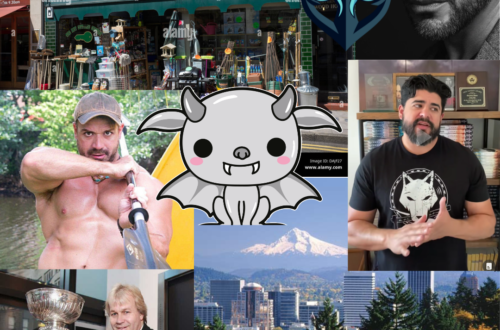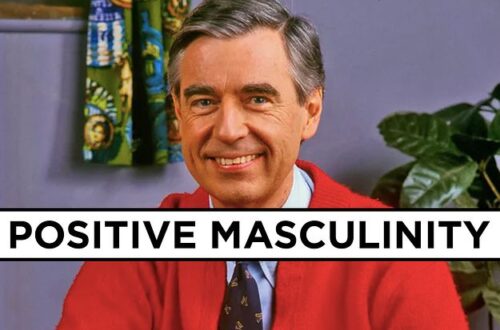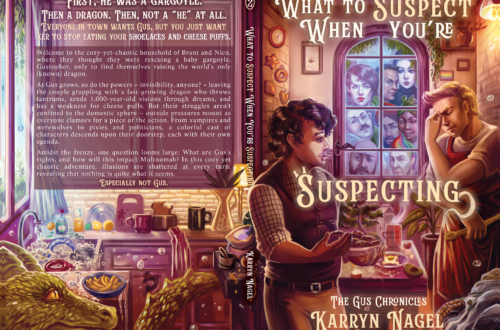A word about AI
TL;DR: I don’t use AI when it comes to the writing process or images such as character art/covers, but I do use it for marketing slogans, social media posts, and to help me write the back jacket book descriptions.
****************************************************************************************************
Like many authors, my unease about the rise of AI has been growing. I had never considered it for writing my essays in college, or even remotely for writing The Gus Chronicles, but somehow it did seep into my marketing efforts in Canva, and I *did* use ChatGPT to help me do a summary of the books for the back jacket. I was lucky — extremely lucky — that my books were not stolen in the latest round of piracy by Meta/Zuckerberg.
When I was researching this for my cozy fantasy group sale, Cozy the Day Away, I found that I approached it from two different perspectives. One as an event organizer, and one as an author. As an event organizer, I take a stance of non-judgment when it comes to hosting other authors. Making and publishing a book is like being both the architect and general contractor for a building. You help create it in the abstract, but you also make sure it’s sound, will stand the test of time, and then make it, from scratch. Who am I to judge what tools other contractors use?
But when it comes to my own building? No shortcuts. I work with human narrators for audiobooks. I use human illustrators for character art and cover designs. I collaborate with human editors every step of the way for sensitivity reading, developmental editing, line and copy editing. I use human beta readers and ARC readers. As far as I know, every single one of those humans are using some digital tools, but NOT AI tools to get the building up. So yes to Photoshop but no to MidJourney.
I am deeply distressed that humans are more interested in creating without considering the ethical, racial, and financial impacts on society as a whole. I want us to focus on fair payment to creatives, while still making these tools accessible for our disabled communities and to those that have been pushed out of the publishing space like Black and Indigenous authors.
I am encouraged to see sites like Tess and AIMusicpreneur fighting for equality in this space. It’s needed if we are going to have a future with AI that doesn’t decimate the creative landscape.
Now that I’ve done a bit of research and made some decisions on how I feel about this, I will say that when creating marketing materials such as videos or still images, I will do my best to research original artists and credit them for their photography, designs, memes, songs, illustrations, paintings, and other such art. But I also acknowledge that some AI-generated imagery may still slip into these posts. Until the imagery detection sites are better at figuring out what is and what isn’t AI, all I can do is my best.



